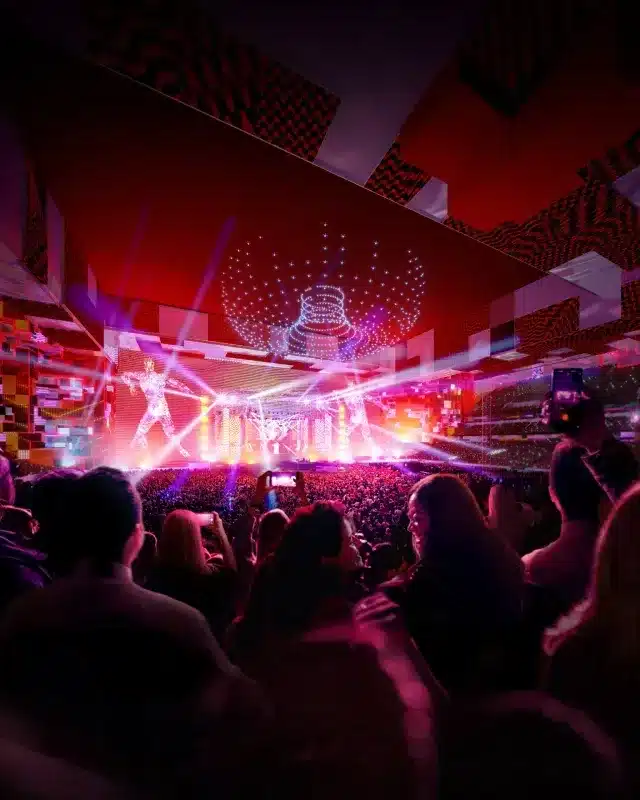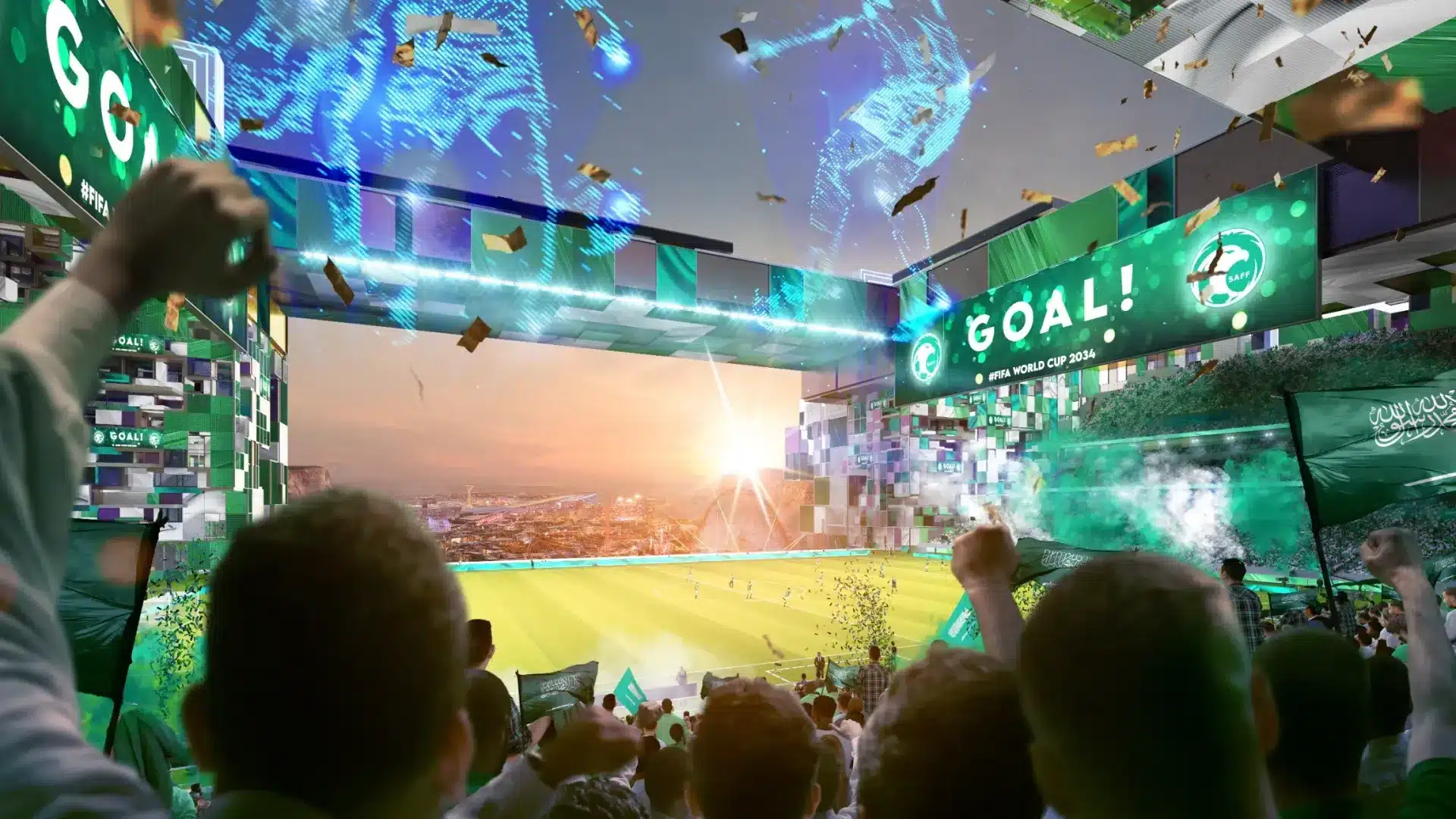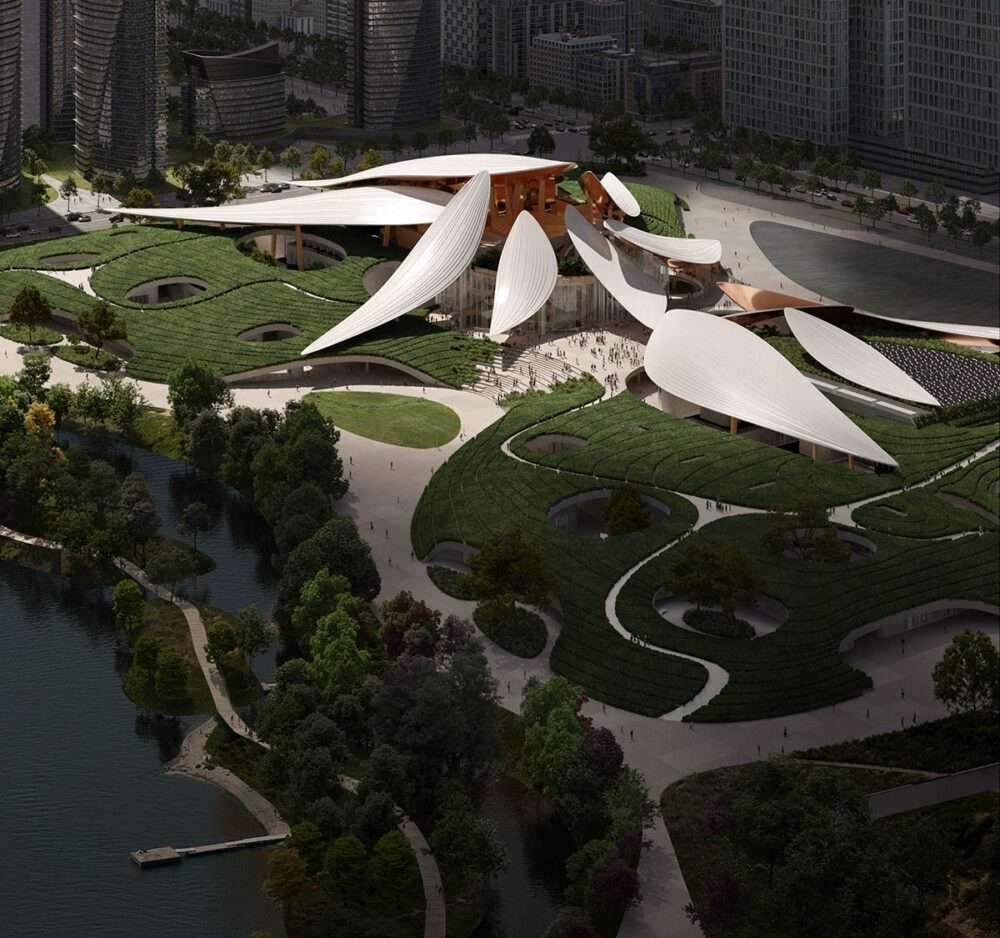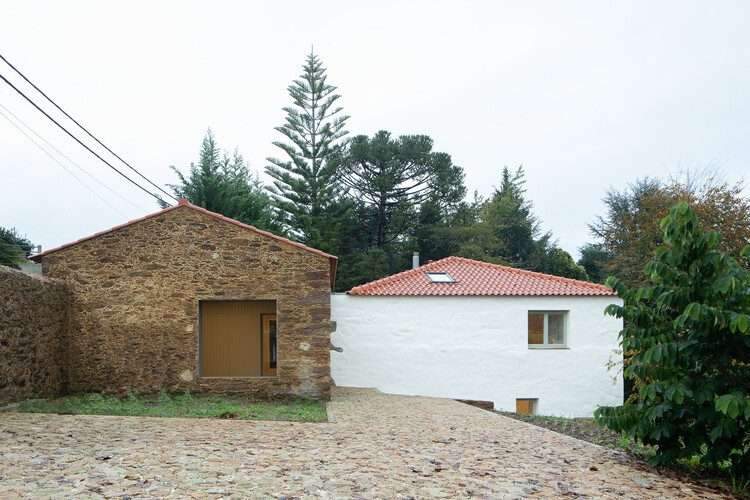What if someone told you that you’ll be watching a football match from the peak of a mountain at the renowned Salman Stadium?
Or attending a live concert under an open sky, with a futuristic city built right at the edge of the rocks?
This is not science fiction — it’s a real project currently under construction in the heart of Saudi Arabia. This is the story of the Prince Mohammed bin Salman Stadium , set to rise atop one of the peaks of Tuwaiq Mountain at an elevation of 200 meters — becoming a new symbol of architectural ambition and environmental sustainability for the 21st century.
In this article, we will explore:
- How rocky cliffs are being transformed into spaces for play, art, and human interaction.
- What smart technologies will make the stadium operate without excessive energy use.
- And why this project marks a turning point in the design of global stadiums.
A Stadium on the Mountain — When Architecture Chooses the Challenge
For the first time in modern history, the peak of a mountain has been chosen as the site for building a world-class stadium.
This decision was no accident — it was the result of strategic thinking that blends natural symbolism with urban effectiveness .


The stadium is located in Qiddiya City , just 40 minutes from Riyadh, specifically atop one of the rocky slopes of Tuwaiq Mountain. This area is more than just a geographic location — it’s an extension of the rich geography and history of the Arabian Peninsula, blending ancient heritage with a promising future.
The stadium’s design reflects a forward-looking vision — it doesn’t only host audiences, but also embraces breathtaking natural landscapes , transforming the mountain itself into part of the experience.
Smart Design: A Retractable Roof, LED Wall, and Revolutionary Cooling System
The stadium wasn’t built just to host matches or concerts — it’s designed to transform constantly into a multi-use space .
Here are some of its most notable features:
| Feature | Description |
|---|---|
| Retractable Roof | Allows rapid transformation between indoor and outdoor event settings |
| Massive LED Wall | Used for visual displays or enhancing the viewer experience |
| Smart Cooling Technology | A cooling system that operates without high energy consumption using collected rainwater |
The most innovative feature is the sustainable cooling system , where a cooling lake will be built directly beneath the stadium.
Rainwater collected from the stadium’s roof and surrounding areas will be pumped into a “snow wall” , which cools the air entering the central air-conditioning system — significantly reducing the need for traditional energy.
Result? A green stadium meeting LEED Gold standards .

The City That Plays: How the Stadium Fits Into Qiddiya’s Vision
The stadium is not just a building — it’s a key element within Qiddiya City , a massive project aiming to redefine the concept of “play” in human life.
And here, “play” doesn’t mean just entertainment — it means a holistic process of development for mind, body, and social relations.
Qiddiya includes:
- 60,000 buildings across a 360 km² area
- Over 325,000 quality job opportunities
- Welcoming 48 million visits annually
- Cultural, sports, and entertainment zones such as:
- An F1 racing circuit
- Two golf courses
- The world’s largest Olympic museum
- Six Flags theme park
- An eSports and gaming district
The stadium will serve as the beating heart of this vibrant experience — a stage for world-class events ranging from sports to music and culture.

The Future on the Peak: When Will It Open?
Work on Qiddiya has already begun, with over 10 billion Saudi riyals invested in infrastructure projects.
Initial openings are expected within the next two years , and Prince Mohammed bin Salman Stadium will be among the first major projects delivered in the first phase.
Conclusion: Architecture Rewriting the Rules of the Game
Prince Mohammed bin Salman Stadium in Qiddiya is more than just a sports arena — it is a civilizational project redefining the relationship between humans and place, nature and technology.
From the top of Tuwaiq Mountain, a new story of architecture is being written —
a story of challenge, innovation, and sustainability .
Are we standing at the dawn of a new era in construction?
The answer seems clear… In Saudi Arabia, great ideas are born on mountaintops.




